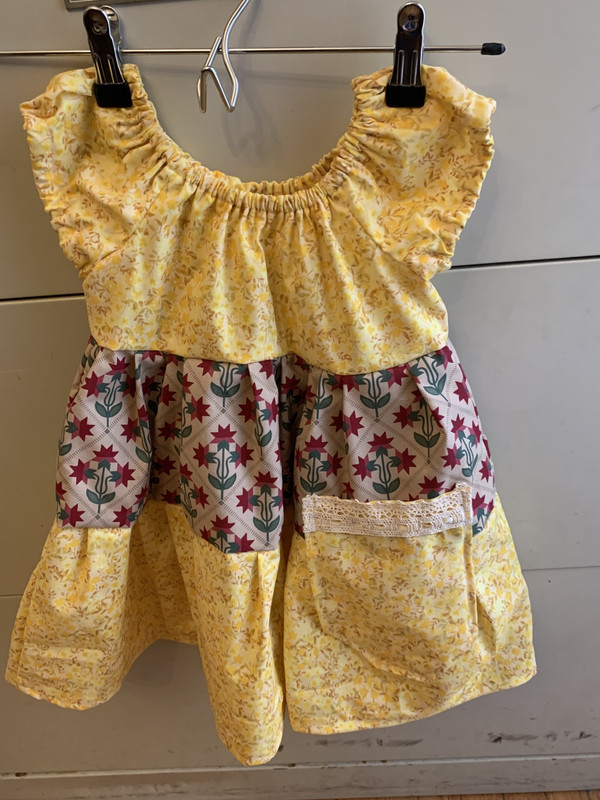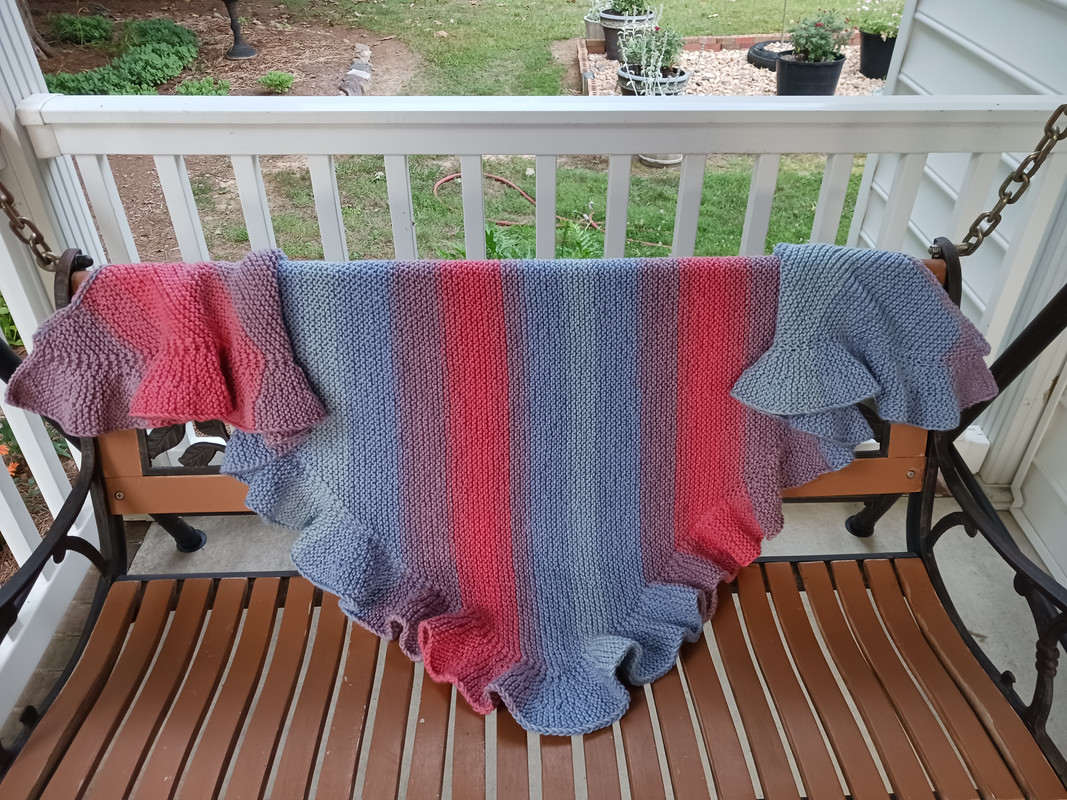

Plant the Rainbow: 3 Must-Haves for a Natural Dye Garden
One of my favorite times of year is the beginning of spring. When the daffodils bloom and the trees begin to bud, you know that winter is on its way out. With spring comes a sense of opportunity, especially to learn something new with the little bit of extra daylight. Why not take advantage of all the new growth and learn how to use plants as natural dyes!
A lot of people have already started planning their 2023 gardens, but it’s not too late to add some plants that make magnificent natural dyes into the mix. In fact, your flower beds might already be full of natural dyes like black-eyed Susan, marigolds, zinnia, and hollyhock just waiting to be used.
The resulting color depends on the plant, so make sure when you’re planning your plants to have a well rounded mix of color to pick from! Or, just plant a couple red, yellow, and blue dye plants that you can overdye to create oranges, purples, and greens.
To give you an idea of which plants produce certain colors, here is a small list of easy growing dye plants (at least in North America):
Red: madder root, dyer’s woodruff
Orange: carrots, barberry shrub*, tickseed, sulfur cosmos,
Yellow: marigold, golden marguerite, weld
Green: nettle*, lily of the valley leaves
Blue: indigo, hollyhock, woad*
Purple: dandelion roots, purple basil
Responsible Gardening Practices
Depending on your location, some natural plant dyes may be classified as an invasive plant species and should not be planted.
Some online resources that discuss invasive plant species:
https://www.fs.usda.gov/wildflowers/invasives/index.shtml
https://www.invasiveplantatlas.org/
If you have any questions, we recommend you contact your local extension office for clarification before you plant your dye garden. Information on locating your local extension office and be found at this link:
https://www.gardeningknowhow.com/extension-search
Dye Garden Essentials
If you’re short on space that gets adequate sunlight, make sure you have these must-have dye plants as baseline for your reds, blues, and yellows.
Marigold - not only does it produce lovely yellows and oranges, the plant itself is a pest repellent! On protein fibers, marigold produces vibrant yellow, and on cotton and linen the color is paler and more subdued.
Dyer’s Knotweed (Japanese Indigo) - While the flowers are pink, the leaves are what yield a soft to medium blue hue.
St. John’s Wort* - Capable of producing reds, pinks, yellows, and greens!
And if you have no green thumb whatsoever, we carry a variety of powders, roots, and other dye materials that are ready for the dye pot!
Remember that you will need to use a mordant to get color to stick to your yarn/fabric. Before you start dyeing make sure you take all of the necessary safety precautions!
https://woolery.com/blog/plant-the-rainbow-3-musthaves-for-a-natural-dye-garden/
My wife is now making liver packs for people so they can do topical treatments with castor oil. Apparently it’s a great liver detoxer.
It’s an outside oil-resistant cover with some straps and velcro, and the oil pad is a replaceable piece that goes inside the cover against your skin.
They’re not fashionable, but lots of our friends and acquaintances seem very interested!
I made a turkey wing bone call last week.
I’m a portrait artist. Pets and people. My medium is graphite but I have recently moved into color pencils as well. Current project is Herbert Hoover. Not the politician. Herbert is my sons Bassett Hound.
No way am I computer literate, but if someone would provide instructions, I’d post a couple of my pieces.
 It's Simplicity 2377; as usual, I used "free" material. I like this pattern because if you don't have enough material for the whole dress, you can mix and match with the skirt or the bodice. I added the pocket; I like to tweak things.
It's Simplicity 2377; as usual, I used "free" material. I like this pattern because if you don't have enough material for the whole dress, you can mix and match with the skirt or the bodice. I added the pocket; I like to tweak things.Yarn is Caron Jumbo (Ombre) in 'Bush & Bleu'. Yardage is 595 yds per skein. It took 2 skeins to make this shawl. Cost was $18 ..... buy one skein at $11.99, get a second skein half price.
Finished shawl:

For an album of pictures, showing the neck edge 'originial' and after slip stitching, plus the shawl with the card going with it, ruffle detail, etc., here is the link:
Two more prayer shawls to go for recent widows …..
Yesterday I had several hours to kill while waiting for someone, so I took my crochet with me. I am making popcorn! Quick and easy to do, when strung with large red beads that look like cranberries it makes a great garland for my Christmas tree! Last Christmas I had the garland and snowflakes I had crocheted on my tree. This year I hope to double it all.
https://postimg.cc/gallery/jbF5FNN Working on an English Paper Piecing Project